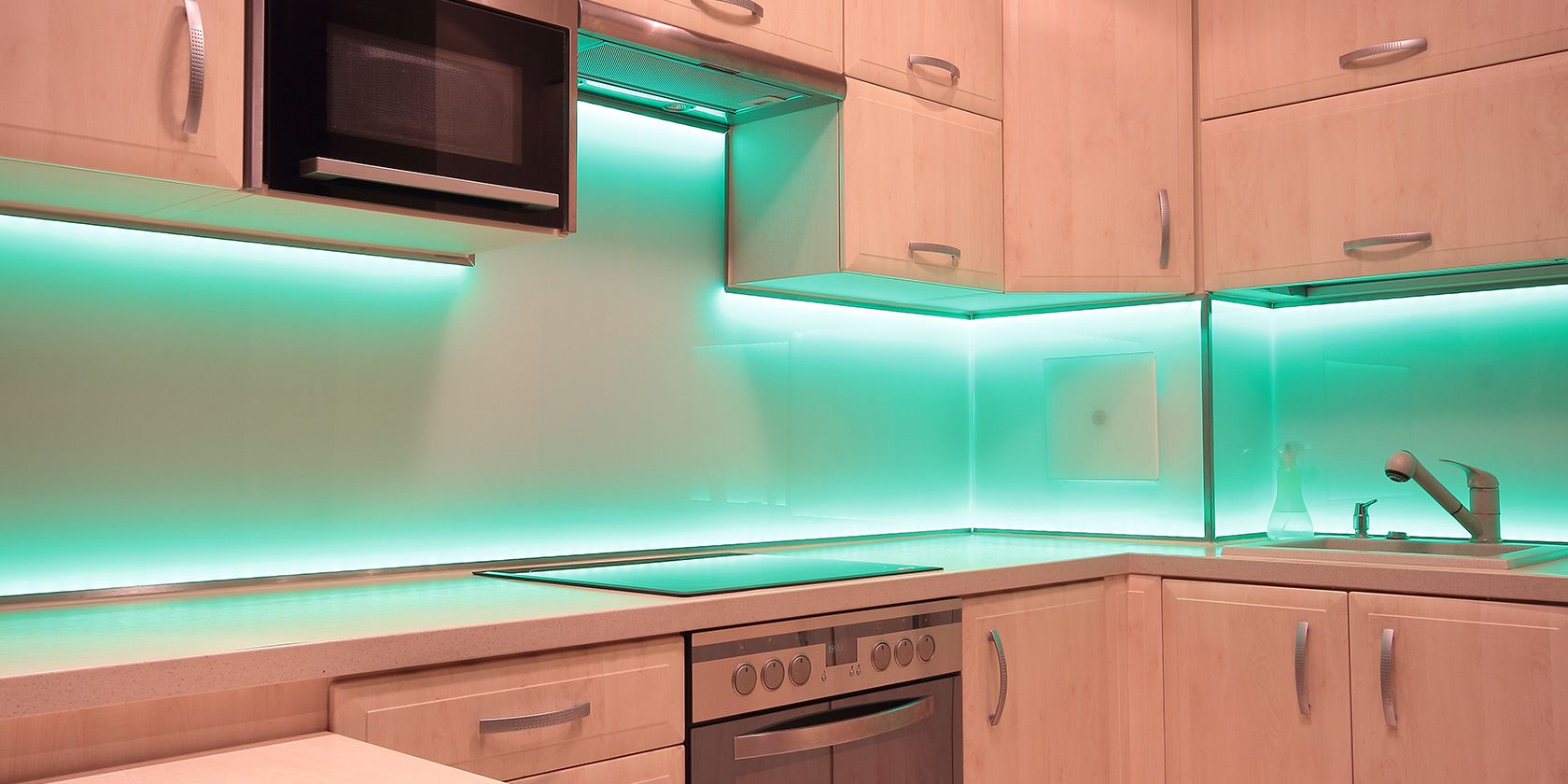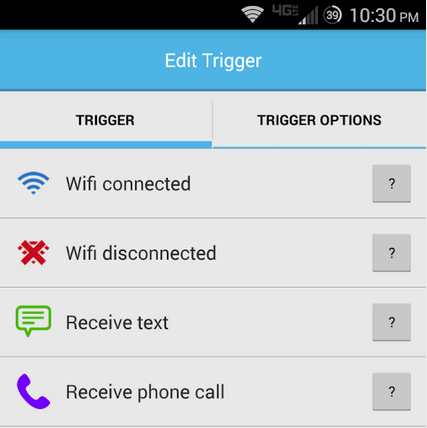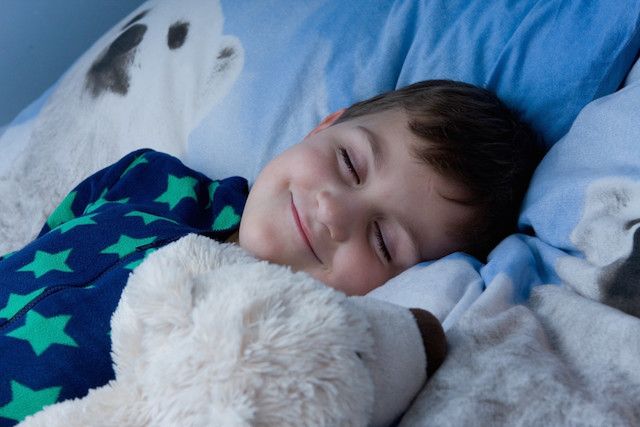Turning on your lights automatically is certainly cool – and like many smart home gadgets, might even save you money – but it doesn't take advantage of the full spectrum of colors available to you with RGB lighting, such the Philips Hue. For that, we need to get creative. Here's what we've come up with:
Geolocating Family Members (aka the Weasley Clock)
In the Harry Potter series, the Weasley family have an intriguing magical item on their wall: a clock with hands that point toward the location or status of each family member, such as "school" or "in mortal peril". As magical as it seems, we could actually achieve the same effect with some colored lighting and geolocation features.
The IF app for iOS or Android can do geolocation natively, so setting this up is trivial with official Hue bubls.
Assign one bulb to each user, and create a different color recipe from their smartphone for each location you want to track. Since using an entire bulb for this purpose might be considered a little overkill, consider hooking up a Spark Core development board to a few WS2812B NeoPixel LEDs, then use this library to connect with IFTTT. You can then fix the small strip of LEDs under your monitor for peace of mind.
Call Notification (Android only)
As much as I love my iPhone, it must be said that if you have an Android device, you have many more options for automation due to the lack of sandboxing.
For a modest fee, Hue Pro combined with Hue Pro Tasker (two separate purchases of 99 cents, though a demo mode is available) has a huge range of trigger actions that can be linked into your lighting. Call notification could be setup up to trigger a flashing action, and can be either be tied to individual numbers - so you can assign colors to specific contacts - or just all calls, which could be useful if you like to wear headphones for immersive gaming sessions.
"Connected to WiFi" is another useful trigger that can easily serve to turn on your lights when you arrive home, and each trigger allows for time restrictions too, so you needn't be turning on lights unnecessarily. Definitely worth having a go with this app, and let us know what creative uses you came up with in the comments.
Break Reminder
As someone who works from home, I can attest to how easy it is to sometimes sit at the computer all day, lost in the zone of programming a big project.
From a health perspective, this is absolutely dire. Using a standing desk helps (try building your own); as can taking short breaks with the Pomodoro technique. Personally though, I find a desktop app reminding me to take a 5 minute break every 25 minutes quite tiring and rigid.
This Android app could help [No longer available], using your Hue to give a more discreet visual indicator of break times, but since I prefer longer time slots and longer breaks, I'd rather build a capacitance sensor version that automatically resets the timer when I plonk my bum back on my seat.
With a Arduino, this would be trivial to code even if you're a complete Arduino novice – just use a strip of RGB LEDs and 5V ED amplifier for whole room lighting, or a more demure single RGB LED that came with your starter kit.
Ambilight
Philips don't just make fancy light bulbs for your smart home – they also make TVs with fancy lighting built-in. The Ambilight is ambient colored lighting included with a number of Philips TVs, which reflect the current picture on the screen.
The theory is that it reduces eye strain when watching in the dark, and has the added bonus of increasing immersion – feeling somewhat like you actually have a larger TV since the picture is "extended" around the edge. Hue bulbs can hook into this too, reflecting the image around your whole living room – but only if you have an Ambilight-capable TV.
It's a popular concept though, which is why DIY solutions abound. In fact, I built one myself for under $100 using some NeoPixel LEDs and an Arduino - read my guide here, and watch the demo below.
Show Everyone Your Current Mood
Automated sentiment analysis isn't quite there yet, but if you simply affix a mood hashtag to your tweets, you can activate individual IFTTT recipes that react to that tag. You'll need a new copy for each color/mood combo you'll want to track, and bear in mind there's up to 15 minute delay.
The same can be done with Facebook, using an almost identical recipe.
Educating Children
The Disney Storylight, a specially branded version of a standard Hue Bloom table lamp, works alongside an iPad application to add a dimension of color to your bedtime stories (5 free, more available via in-app purchases).
It's a particularly expensive addition to the Hue range and the app is riddled with bugs, but even so it remains one of my favorites. If your child has trouble settling in for a story, this might be the push they need.
You can link additional Hue bulbs too, though the app requires at least one be a Storylight.
Sleep Training
On a similar theme, sleep training is also a tough time for most parents and toddlers. Hue bulbs – or even a standard RGB lightstrip – can be used as a quick indicator for your child whether it's ok to wake up yet: establishing a routine is critical.
Just use the alarm's feature to schedule your Hue to gradually activate at bedtime – a soothing blue, perhaps – and again to change red or yellow in the morning. Your child should quickly understand when it is and isn't ok to get up and start being noisy!
For a DIY approach, check out my sunrise alarm project here and adjust as needed.
What kind of creative ideas can you come up with? What do you use your RGB lighting for, Hue or otherwise?
Image credit: kitchen with green LED Via Shutterstock, Child sleeping - ShutterStock



